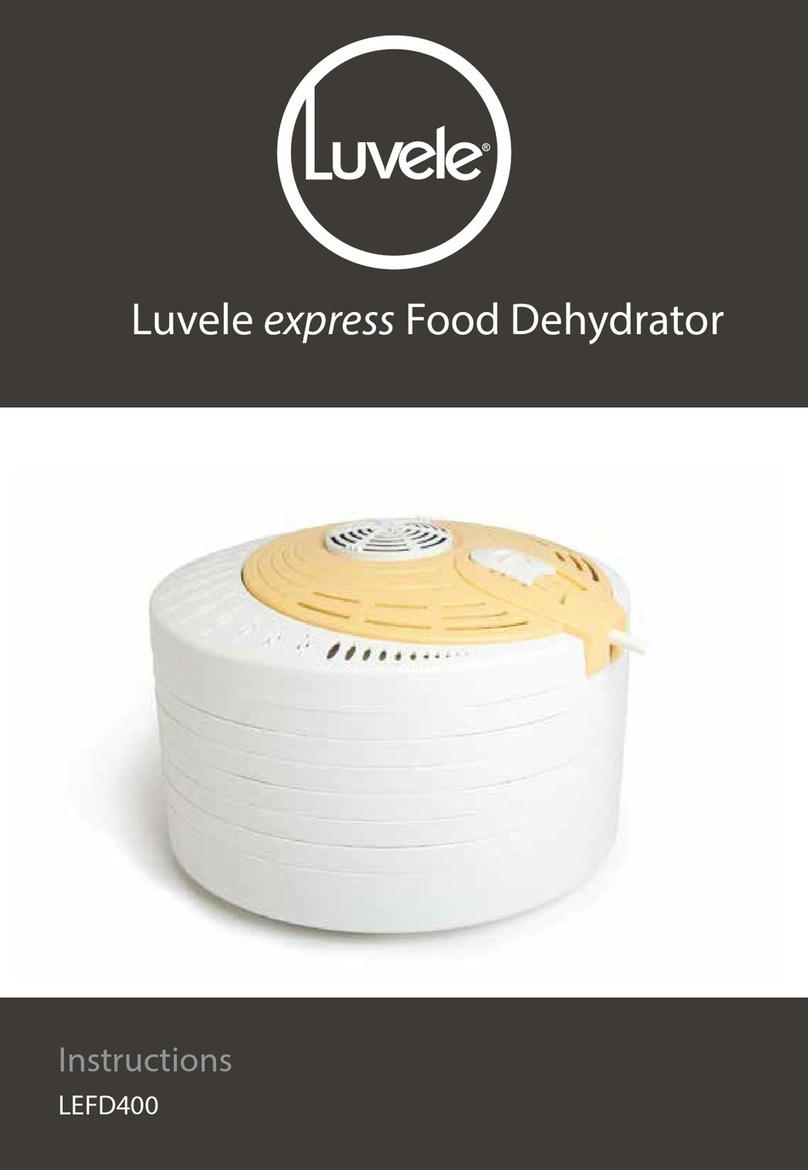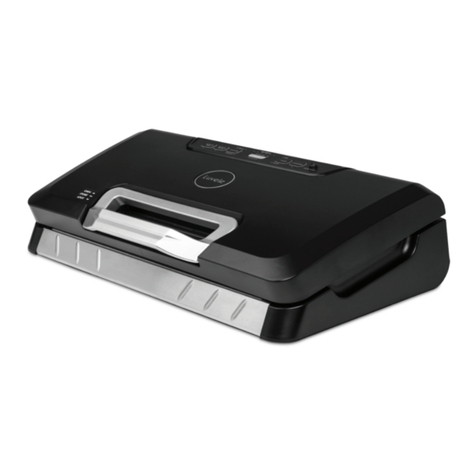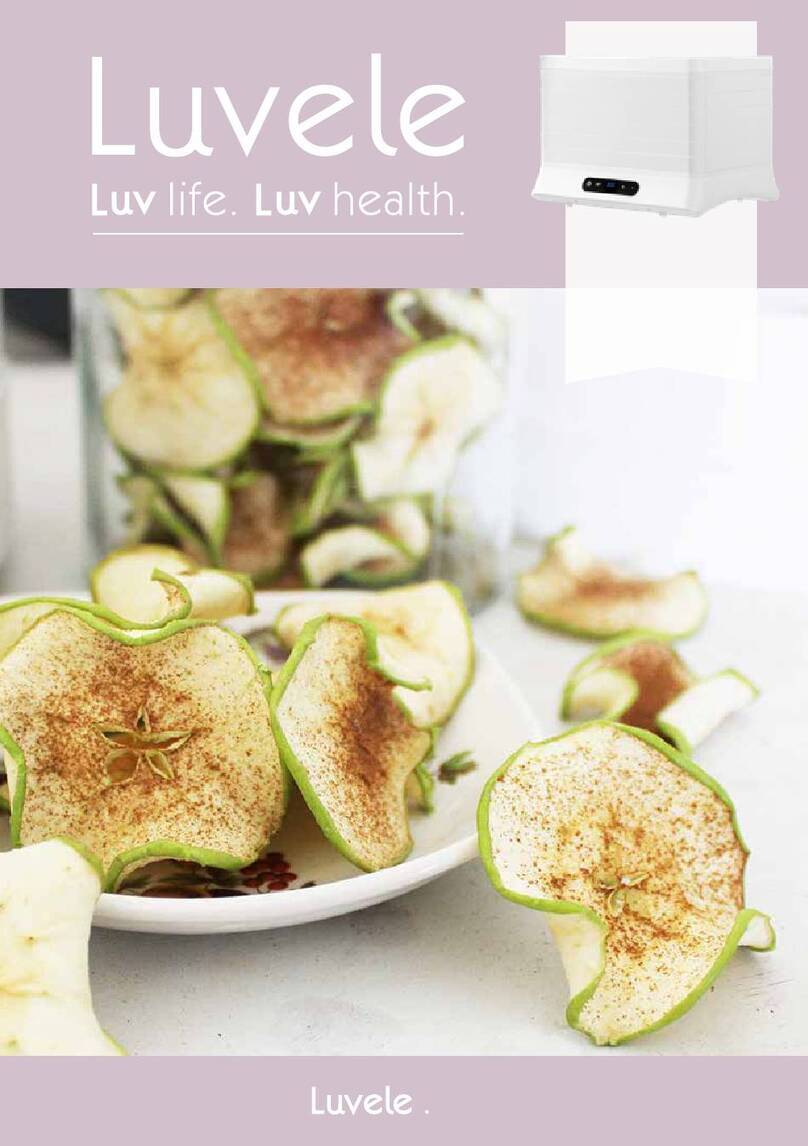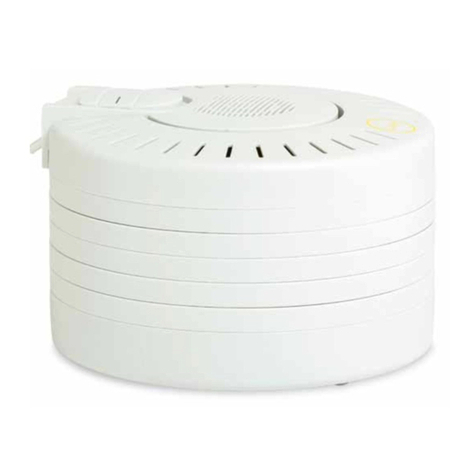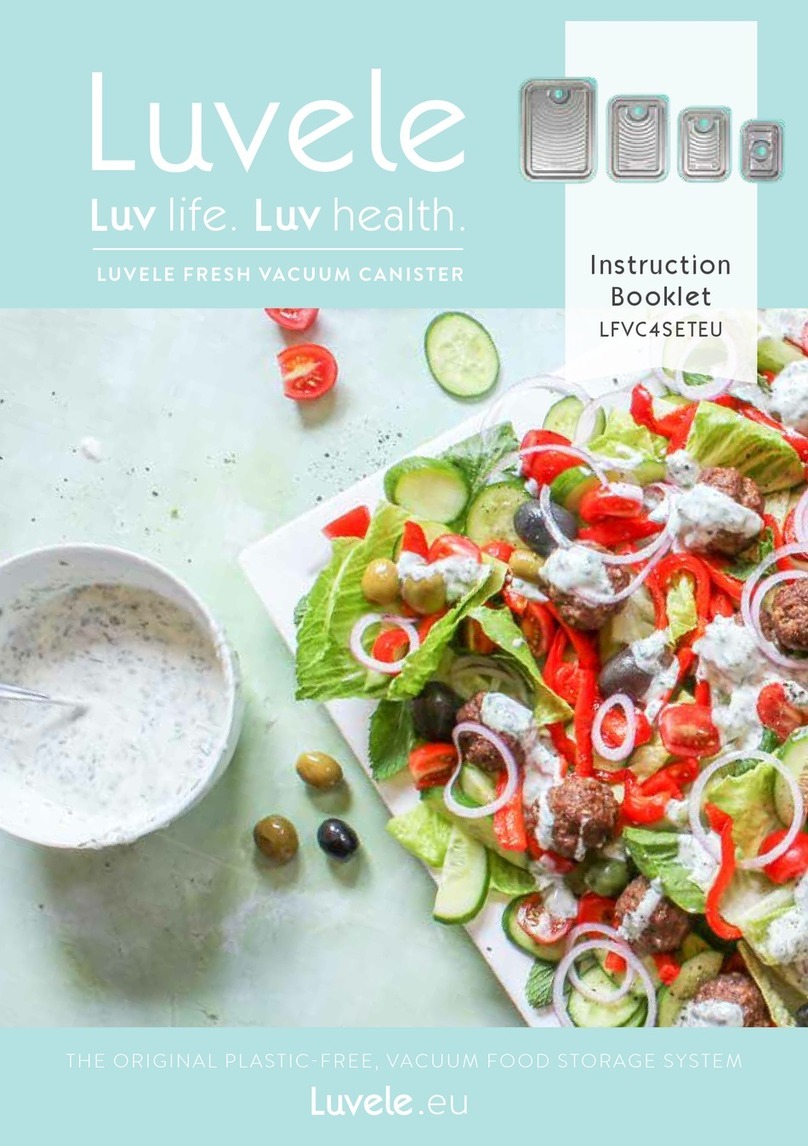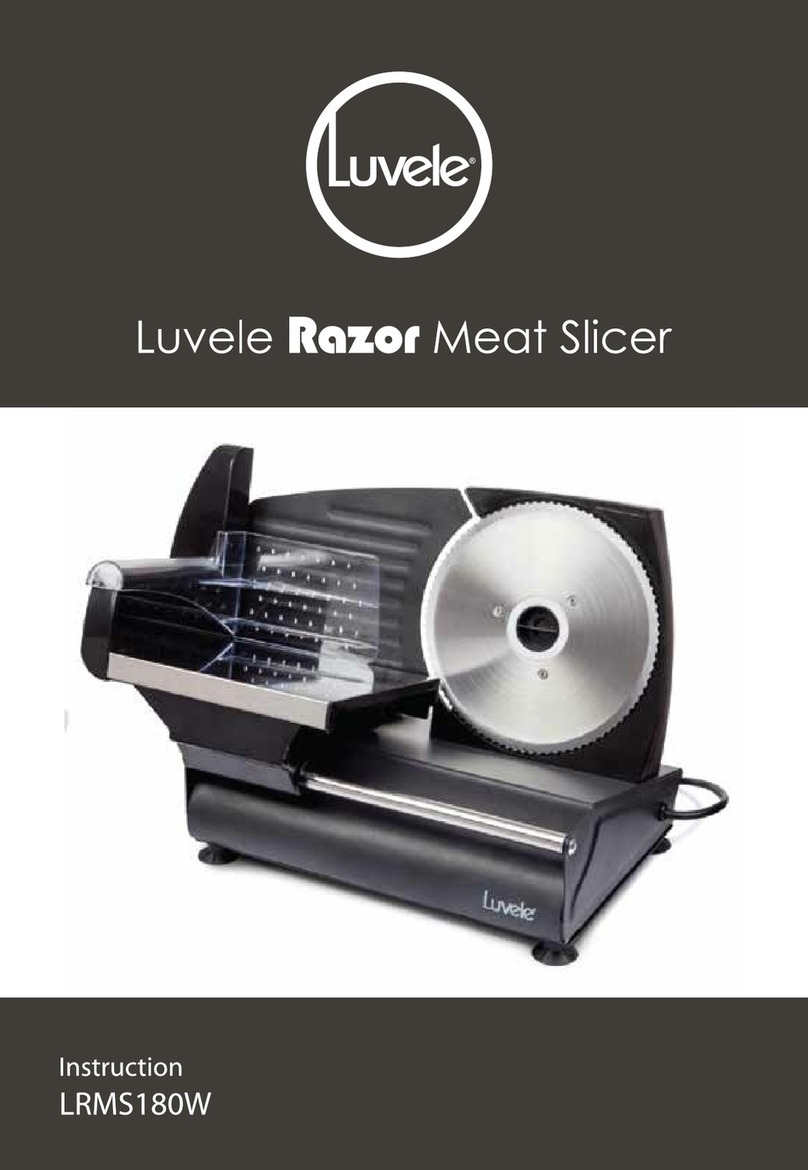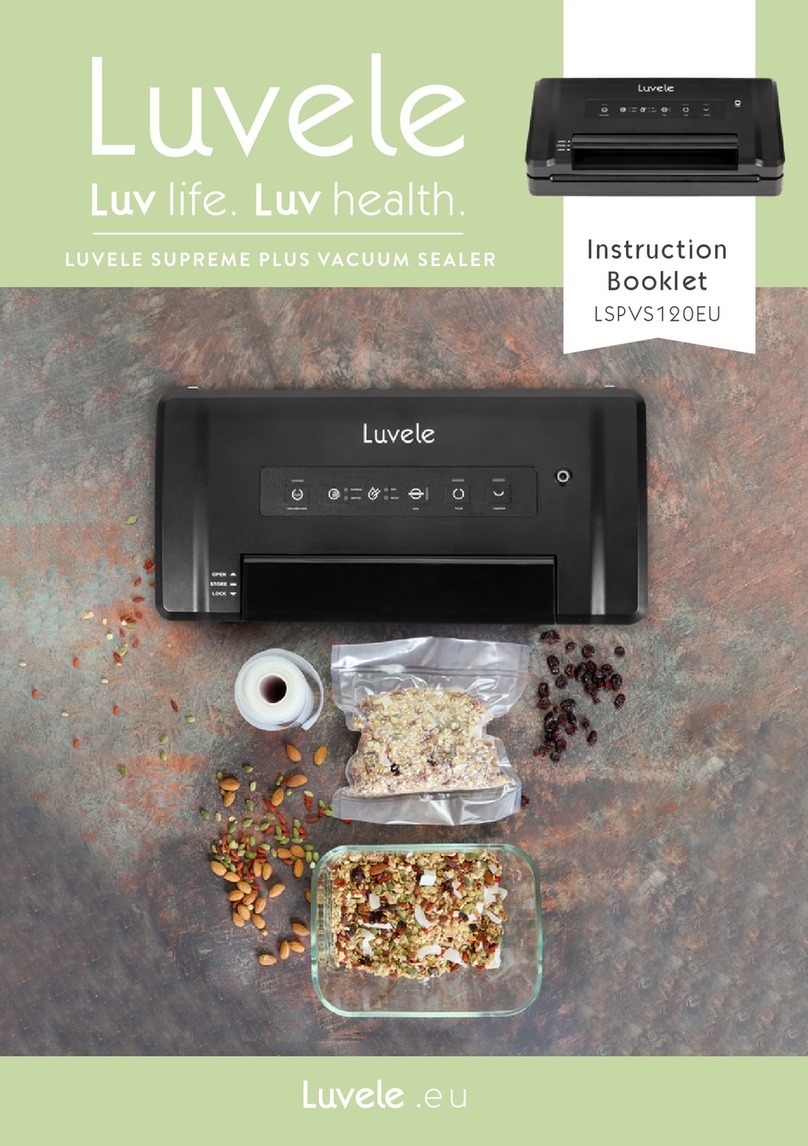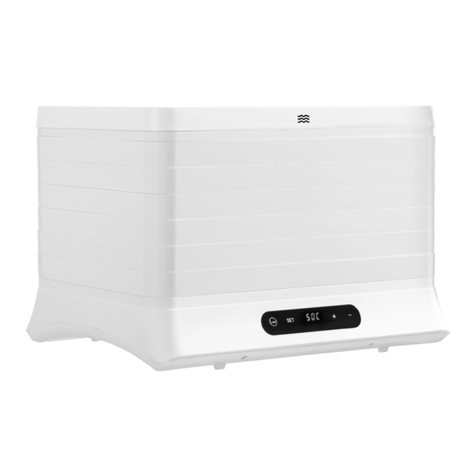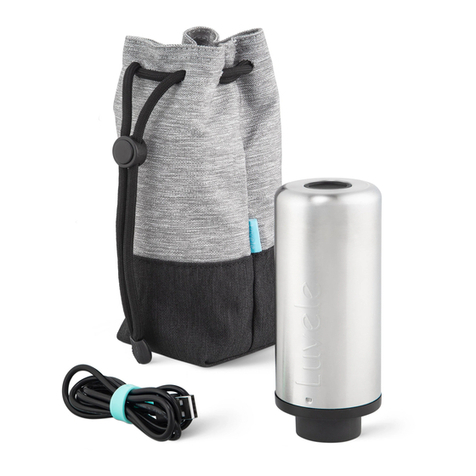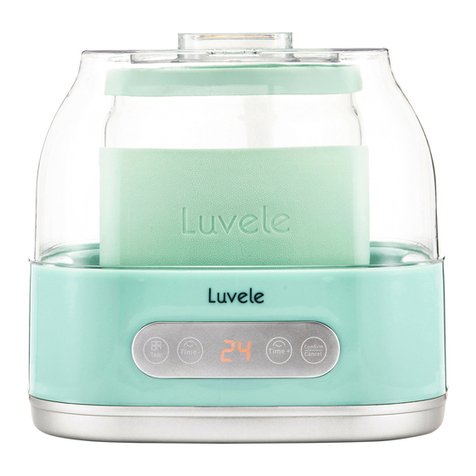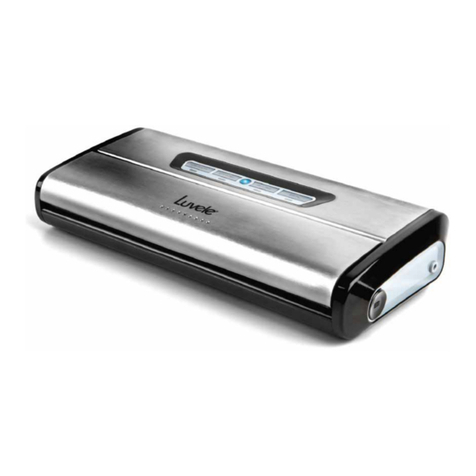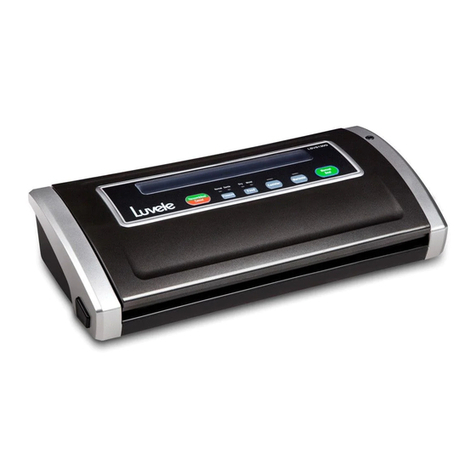
Making Biltong
P/10
Selecting the meat
Many different types of meats can be used to make biltong, from fish to turkey, but by
far the most popular meat to use is beef, as it will suit most tastes. Venison is a good
choice due to its leaner quality. Topside and silverside are also good cuts for biltong.
Whatever you select, the standard factors of cut, aging and fat content apply, and will
all affect your biltong in the same way they do when you cook with these meats. Fatty
cuts of meat are more likely to spoil during the drying process and should be avoided.
Preparation
Start by removing any excess fat. This will help with the drying process, and ensure
greater longevity of the final product. Leave some fat for extra flavour, as you like it.
Don’t cut the slices too thick or they will take too long to dry. Roughly 25 to 30cm in
length, and 8mm to 10mm thickness is ideal. Get rid of any gristle or sinew as these
parts become extremely tough to chew when dried. Longer strips are more space
efficient for drying, and reduce the number of drying hooks you’ll need to use. However,
it is important the biltong strips do not touch the base or sides of the Biltong Maker.
Basting & seasoning recipe - for approximately 2kg of meat
250ml vinegar (for basting) 1/2 cup ground coriander
2 Tbs ground black pepper 2 Tbs sea salt 2 tsps paprika
The easiest way to prepare meat for drying is to baste and season simultaneously.
Start by adding a layer of your basting mix (vinegar) and seasoning spices to the
bottom of a wide, flat dish or tray.
Lay your steaks flat in the dish, then add another equal layer of basting and seasoning
on top. Additional spices like paprika and peri peri can be added according to your
preference for spicy flavouring. Let the steaks marinade for three hours in the
fridge before proceeding to the drying phase.
Drying
You are now ready to hang your biltong strips for drying. If any excess liquid remains on
the meat from basting, remove with paper towel. When hanging your strips of meat, be
sure to separate your strips evenly through the biltong maker, using the 8 stainless steel
hooks supplied. It is important that the strips of meat are not touching each other, or
the sides or bottom of the biltong maker. Once you have completed hanging your meat,
simply place the top fan cover on and select setting one to begin the drying process.
